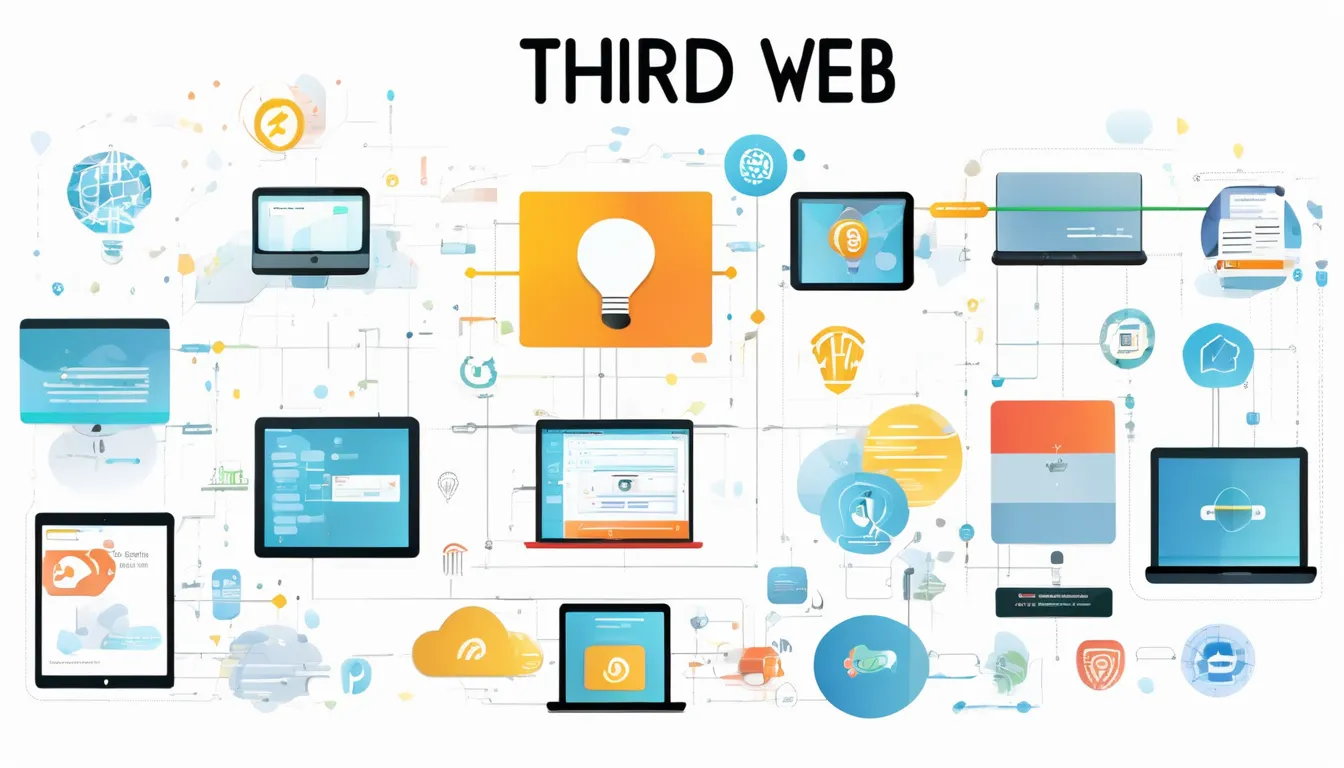As you explore the world of Web3 development, you’re likely to come across projects that thrive on community-driven development. But what makes this approach so effective? By harnessing the power of blockchain technology, smart contracts, and decentralized platforms, community members can contribute their skills and expertise to shape a project’s evolution. This collaborative environment not only fosters innovation but also promotes transparency and accountability. But how do you build and sustain such a community, and what are the key benefits and challenges involved? Let’s examine the ins and outs of community-driven development in Web3.
The Rise of Community-Driven Development
With the rise of decentralized technologies, you’re witnessing the dawn of community-driven development in Web3. This shift is transforming the way projects are conceptualized, developed, and maintained.
You’re no longer relying on centralized authorities to dictate the direction of a project; instead, you’re part of a community that has a say in its evolution.
As a result, you’re seeing more inclusive and diverse development processes. Community members from all over the world are contributing their skills and expertise to shape the future of Web3 projects.
This collaborative approach isn’t only fostering innovation but also ensuring that projects are more resilient and adaptable.
You’re also experiencing a new level of transparency and accountability in community-driven development. Decentralized systems and open-source codebases allow you to track the progress of a project and hold contributors accountable for their work.
This transparency is building trust among community members and stakeholders, ultimately leading to more successful and sustainable projects.
Web3 Technologies for Collaboration
Decentralized collaboration tools are revolutionizing the way you work on Web3 projects, enabling seamless interaction and coordination among community members. These tools are built on top of blockchain technology, which allows for secure, transparent, and tamper-proof data management.
Smart contracts, for instance, enable the automation of workflows and decision-making processes, ensuring that all stakeholders are on the same page.
As you explore Web3 technologies for collaboration, you’ll come across decentralized platforms such as Discord, Telegram, and Matrix, which offer community-driven chat and communication tools.
Decentralized storage solutions like InterPlanetary File System (IPFS) and Swarm allow you to store and share files securely, while decentralized identity management systems like Ethereum Name Service (ENS) and Polkadot’s Kilt enable you to manage your online identity.
When it comes to collaborative development, tools like GitHub, Gitcoin, and Radicle offer decentralized version control and funding mechanisms, making it easier for you to work with others on Web3 projects.
Benefits of Decentralized Development
Several key benefits make decentralized development an attractive option for Web3 projects.
You’re likely drawn to the idea of community-driven development, but understanding the specific advantages will help you make informed decisions about your project’s approach.
Decentralized development promotes a collaborative environment where contributors from around the world can participate.
Here are three benefits of decentralized development:
- Improved Security: With a decentralized network, there’s no single point of failure, making it more difficult for malicious actors to compromise your project. You can rest assured that your codebase is secure.
- Increased Transparency: Decentralized development allows for open-source code, enabling anyone to review and contribute to the project. This transparency fosters trust and encourages community involvement.
- Faster Innovation: By leveraging the collective knowledge and expertise of a global community, you can accelerate the development process and drive innovation. This collaborative approach helps you overcome complex challenges and create cutting-edge solutions.
Building Community Engagement Platforms
Building a robust community engagement platform is crucial to the success of your Web3 project, as it bridges the gap between your team and contributors from around the world.
You can create an online space for discussion, collaboration, and decision-making, which helps build trust and fosters a sense of ownership among community members.
This platform serves as a central hub where you can share updates, provide resources, and engage with your community in real-time.
When building your community engagement plat Thirdweb m, consider the tools and features that will best support your project’s needs.
For example, you may want to integrate social media channels, discussion forums, or live streaming capabilities.
You should also prioritize user experience, ensuring that your platform is easy to navigate and accessible to contributors of all skill levels.
Overcoming Challenges in Web3 Development
Navigating the complex landscape of Web3 development can be overwhelming, especially when you’re working with emerging technologies and innovative concepts.
As you dive into building community-driven platforms, it’s essential to anticipate and overcome the challenges that come with Web3 development.
When working with Web3 technologies, you’ll encounter unique obstacles that require creative solutions. Here are three common challenges you’ll need to address:
- Scalability limitations: Web3 technologies like blockchain can be slow and expensive to scale, making it difficult to support large user bases.
- Security risks: The decentralized nature of Web3 development means you’ll need to prioritize security to protect user data and prevent hacking attempts.
- Regulatory uncertainty: The regulatory landscape for Web3 development is still evolving, and you’ll need to stay up-to-date on changing laws and regulations.
To overcome these challenges, you’ll need to stay agile, adapt to changing circumstances, and be willing to experiment and learn from your mistakes.
Conclusion
By embracing community-driven development, you’re not only fostering a collaborative environment but also accelerating project growth and adoption. Web3 technologies provide the tools for decentralized collaboration, innovation, and adaptability. As you build and engage with community-driven platforms, you’ll bridge the gap between teams and global contributors, ensuring transparency and accountability. By overcoming challenges and leveraging these technologies, you’ll unlock the full potential of community-driven development in Web3.


